Beyond the cliché of being a "people person" (feat. Jo Anne Lyon)
Three Domains of Legacy, Part 3
Links to The Three Domains of Legacy, a “What Leadership Looks Like” series by David Drury:
Part 1 - Is your primary influence through ideas, people, or organizations?
Part 2 - How ideas can be a powerful influence (feat. Steve DeNeff)
Part 3 - Beyond the cliché of being a "people person" (feat. Jo Anne Lyon)
Part 4 - Building a Lasting Organizational Influence (Feat. Wayne Schmidt)
Colin Powell once said, "People get work done, not buildings, not staffs in a generic sense, and not plans, but people." We've already examined how critical people are to influencing through ideas in the previous part of this series. There is a reason people can say "it's all about people" in almost any field.
It is hard to overstate the importance of people.
Those of us who influence primarily through people, even if not adept at organizational strategy, nor full of staggeringly brilliant ideas, have what can matter most: other people. In isolation ideas dry up on the very vine that sprouted them, and organizations only exist on paper if they haven't been actualized in people.
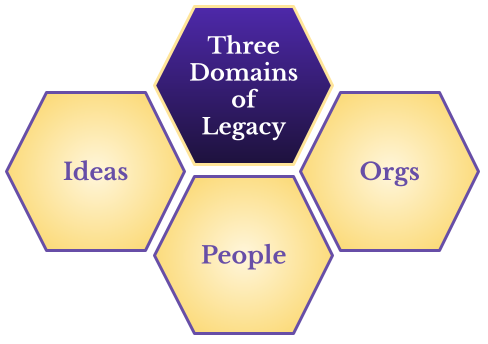
Your purpose becomes clearer with names and faces.
While each of us can have a unique and fulfilling concept of what we are here to do, it becomes keenly relatable and meaningful when our purpose is attached to real people. Those people may be, in our mind's eye, the team we surround ourselves with and get to "do life with" or it may be the target audience we are seeking to add value to or to humbly serve. In any case, things get real when there's real people involved.
We defines me.
People-influencers understand not only who those around them are, but who they are through them. This is why Archbishop Desmond Tutu said, "A person is a person through other persons."
People-influencers expect to solve people-problems.
In the comic strip "Peanuts" Charles Shultz puts these words into the mouth of Linus: "I love mankind, it's people I can't stand." That might make us chuckle, but we must admit that sometimes people can be a problem. Indeed, most all problems are people-problems.
People are problem-factories.
Once real people get into the mix, the whiteboard of ideas and the fancy org charts are forgotten. People-influencers are not shocked by this. Instead, they roll up their sleeves on the complexities and controversies, the hard-knocks-life-for-us conflict of people-influencing. There are bound to be problems to solve that emerge from random quirks of personality, unintended misunderstandings, or even sinful intentions. Those who have gone to battle alongside each other fight all the harder for one another next time. This is at times true even of those who have gone to battle against each other.
What Does Influencing Through People Look Like?
I remember so clearly the moment in the Spring of 2012 when my phone showed “Jo Anne” was calling. My wife, Kathy, only heard my side of the conversation, so had no idea what Jo Anne was calling me about, nor where she was asking me to consider going. It was simply clear she was making a big ask of me. I hung up the phone and Kathy looked me dead in the eyes and said, “So, where are we moving?"
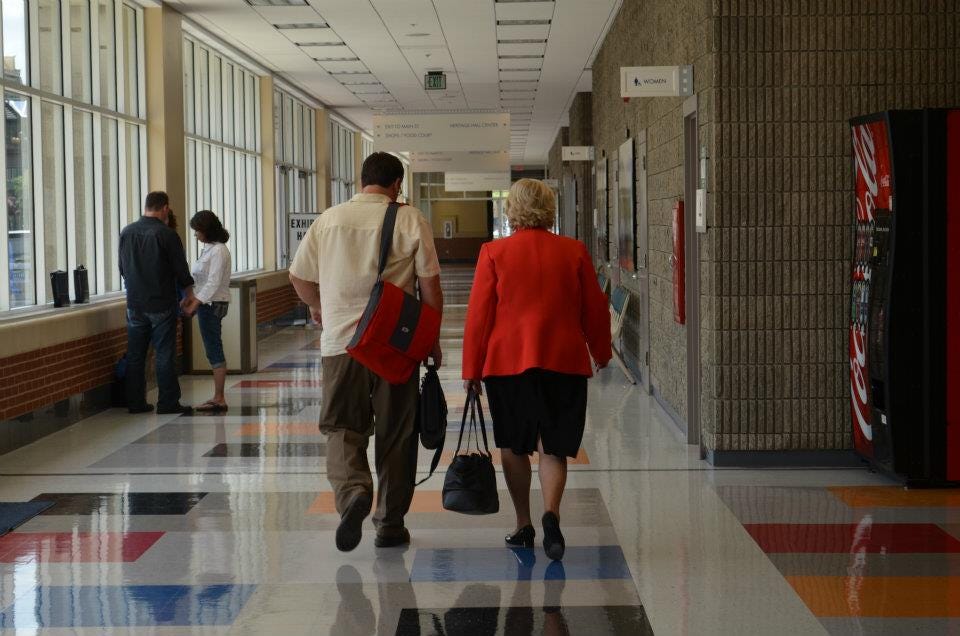
Being able to work closely with Jo Anne was a life-altering opportunity. I got to learn from her in the trenches together. What most seeking mentoring never discover is that the best leadership development is on-the-job-mentoring from a boss that knows what they are doing.
The best mentoring is shoulder-to-shoulder, learning from a peak-performing boss.
I was paid to learn from a one-of-a-kind leader in her age in the apex of her influence. What did I notice about Jo Anne's influence on people that we all can learn from?
Jo Anne would go anywhere to connect with people
Before her election as the head of The Wesleyan Church, Jo Anne founded and led World Hope International, a relief organization alleviating suffering and injustice in scores of countries. She also served in social work, teaching, counseling, and urban community development. She earned a reputation for willingness to go anywhere: a tiny country church would invite her to come and she'd hop on a plane. Of course, in some of these places she would have an uncanny ability to befriend someone about to sell off a property (a timely new connection for a non-profit president to make!)
People-influencers like Jo Anne will go to great lengths to meet new people and make contacts. The extroverts tend to take this approach. Or an introvert people-influencer might invest long hours of quality time working through something a person needs or with someone who can think deeply with them. Yes, introverts can be people-influencers too.
I was not ready for the amount of days away I would be on the road working for Jo Anne (I had to finally cap it off at 100 nights a year). She and I were on a phone meeting early in my time working for her, and we asked where the other was, and it turned out we were both on layovers in the same airport (Chicago-ORD). Years later, no longer working together, I did my first flight after Covid hit. Jo Anne and I were texting each other when I was departing Reagan National (DCA) and she asked where I was. Right as I saw the text I saw her sitting on the other side of security in that near-vacant terminal. I thought I was one of the first people flying in those days, but of course Joanne, in her 80s, continued to go anywhere to connect with people.
Jo Anne finds exponential potential in the connections between people
A fascinating thing happens when Jo Anne meets a person. I've been able to be a "fly on the wall" for this hundreds of times. Most engage in preliminary pleasantries, but Jo Anne launches into a bunch of questions for the person far beyond normal. This serves two functions: first, she is getting to know them.
If you're going to influence people you can't communicate at them, you must communicate with them, and that means getting to know them.
You can't do that without asking questions. But the second thing Jo Anne is searching for is a connection. With child-like joy she conducts a verbal scavenger hunt through the history and experiences of the person in front of her, finding some relative of them she knows, or some place they've lived that she once called home, or some leader they know that she already knows well. You can see her demeanor shift once she finds this connection, it's like a job has been completed. I've seen her then invite the person to sit down as if to unconsciously say, "okay, now that we know we're connected we can really get down to business."
The reason Jo Anne does this is that the relationship with just the one person is the tip of the ice-berg in influencing people. It is the connections between people that have the most exponential impact.
Jo Anne gives away her connections to people generously
Because she has so many meaningful relationships, it is all the more impactful that Jo Anne shares these relationships. Some say, "time is money” but I wonder if that distracts us from the importance of people.
Relationships are the chief currency of movements.
The long part of a meeting with Jo Anne are full of her sharing with everyone in the room where she had just been and who she has connected with, sometimes to the chagrin of the task-oriented. Her report sounds like a soldier returning from a mission and who now needs to do a step-by-step hot wash of the last engagement with the officers in her division. Many miss what's going on here as their heads spin in what feels like a random name-dropping routine. Instead, the observant can see she is sharing her network with others, as a people-influencer sharing her influence with you.
I've benefitted immensely from this. During Covid shutdowns I "attended" the online funeral for the church historian, scholar, and author Donald Dayton. A few dozen well-known scholars, authors, and speakers who shared about Don to the video-conferenced congregation. I had read the books of perhaps 20 people who whose faces I now saw in the "Zoom windows." I realized that almost all of them I had met before at some point, and in every case it was because Jo Anne had introduced us, or had sent me on her behalf at some point to meet with them. That's how I had met someone as sui generis as Don Dayton in the first place as well. This generous sharing of a network is an extra-special way Jo Anne influences through people.
Jo Anne influences people as her primary legacy, but her influence through orgs is significant. The World Hope organization she founded and built is a huge part of that. In addition, I've noticed she would drill down in to very minute details about expenditures in the budget with surprising specificity (perhaps because she had built a multi-million dollar influential relief organization from the ground up, starting in her bedroom office). Her influence through ideas is notable too, as she was elected to her office as General Superintendent in part because of a desire by the church to bring visionary leadership more than legislative leadership to bear on the position. She did so by communicating seven missional priorities which are ideas which will influence the church for generations.
How To Influence Through People More Intentionally
It can be tempting to forget the impact organizations can have.
People-influencers, the consummate "people-persons" that they are, sometimes have a skepticism about organizations. They repeat the "it's all about people" mantra to themselves in the face of organizations getting in the way of relationships, or sometimes straight up damaging relationships. But people need organizations to make the network stick. I’ve seen it repeatedly: a leader builds a great network of relationships, but then they change their position or retire or pass away, and the network evaporates as quickly as the condensation rings on the tables of their last convening. Instead, great people-influencers finds a way to channel people into organizational momentum. Orgs can turn on the afterburners for the relational flight path toward a movement, if the people remain primary.
It can also be tempting to forget the impact ideas have connected to people.
In the last article about the power of influencing through ideas we looked at how important people are as hosts of ideas. But for people-primary-influencers it works the other way too. If your connections with people don't have content that drives discussion and action, then it's really just a social connection. Leaders find a way to get the people they influence talking about the right ideas, even if the ideas aren't all that original to them, just to ensure the people-movement actually moves somewhere healthy that is a constructive piece of the vision of the leader.
Some of us are people-influencers but find ourselves in roles where influence on ideas or orgs are more expected of us.
The primary way a people-influencer can overcome this is to leverage the power of relationships in ideas and orgs. The people-influencer can become a conductor of an idea orchestra, not even needing to play am instrument herself, but instead calling out the well-played ideas in each of those encircling her.
The same happens with a great people-influencer in an org-expectation climate. It can be tempting to use people-influence to bash the org you are in, since people-influencers have that healthy skepticism of orgs, but a great leader will find a way to lead people to achieve the mission within the org, not in spite of it, and certainly not counter to it. Of course there are some orgs that won't allow this (think now of the "tall grass gets mowed" motto). In those cases the people-influencer will have to find a new org to work in that values the more organic ways of getting things done that are in fact just as if not more efficient than mere processes, especially if used in combination with the organizational systems.
Jesus Influenced Through People
Jesus was a people-person. He went about his life always with people. Yes, he had solitary time in prayer and thought, but that was most often at night when everyone seemed to be asleep. We almost always find Jesus in and among people. Part of this was the fact that so many others were drawn to him. Yes, at times this drove him to find the solitude of a boat or literally to disappear from inside a crowd, a skill every introvert among us covets a bit. Because of these occasions I'm not sure Jesus was an extrovert, but I am quite sure he was a people-influencer.
Lesslie Newbigin made the observation that Jesus did not leave behind a book or a creed, a system of thought or philosophy, or an official organization. He left behind the church, a community of people, which good Ol’ Newbs said was "the only hermeneutic of the gospel." Even at the age of a “tween” Jesus was already teaching the teachers in the Temple—so he could have left behind a brilliant tome of ideas penned by his hand. And the one who “through all things were made” could have created an organization to be the carrier of his influence. But he didn’t choose to leave behind those as a primary legacy. People are the primary legacy Jesus bequeathed us.
So, what's your take?
Are you a people-influencer primarily, or perhaps you are an idea or org influencer learning to be intentional with your secondary influence? Either way, what's your next step? Leave a comment at the button below to interact with me and others about it.
Watch for "Part 3: Orgs" that is on the way. Be sure to subscribe at the button below so you don’t miss it. Also—if you have interest in my SixQ coaching, which is where the Three Domains of Legacy was developed, you can look into the course by clicking here.




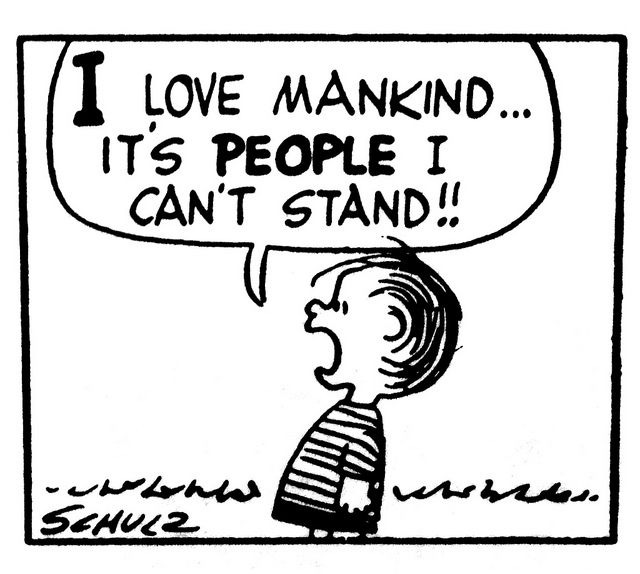

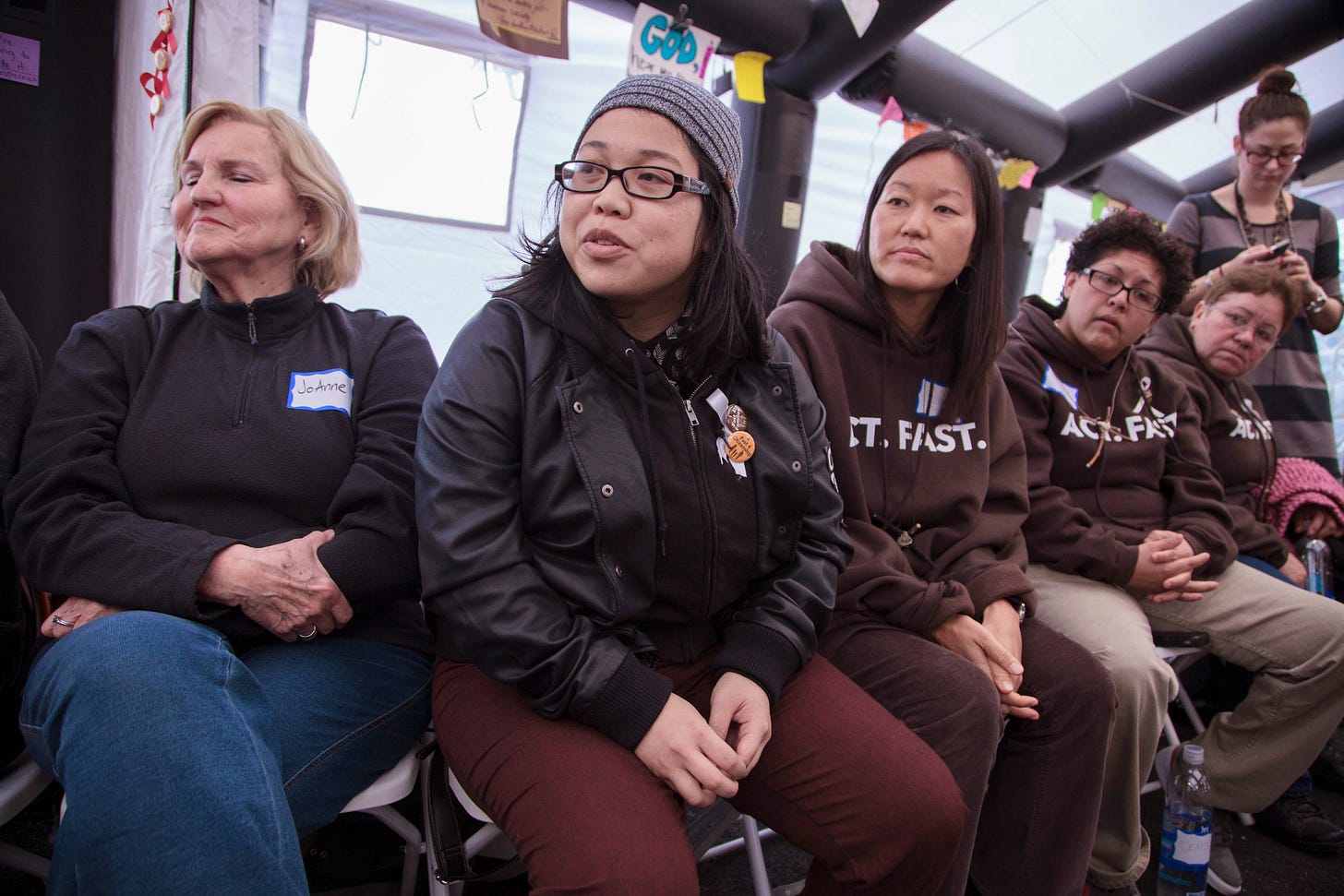
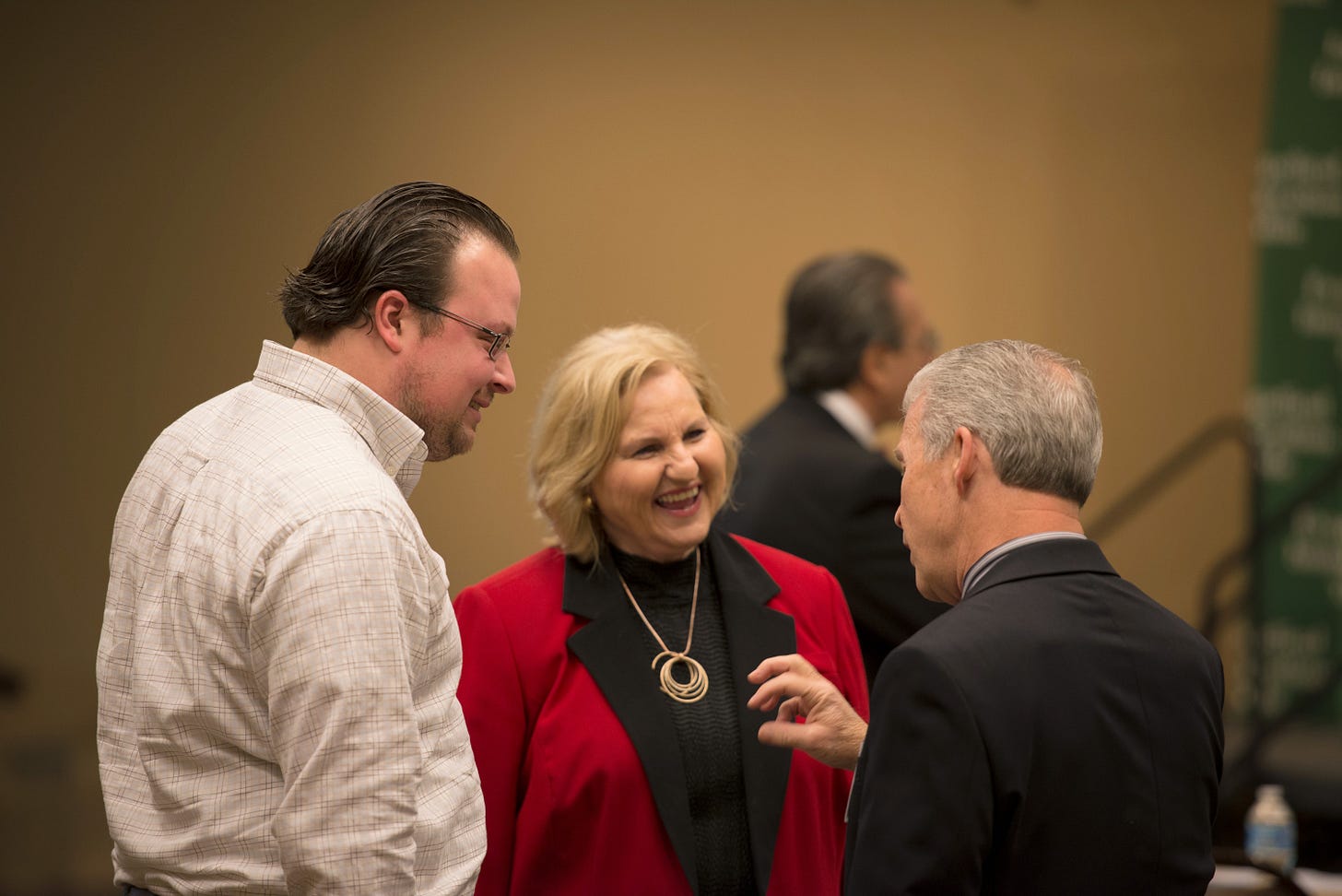
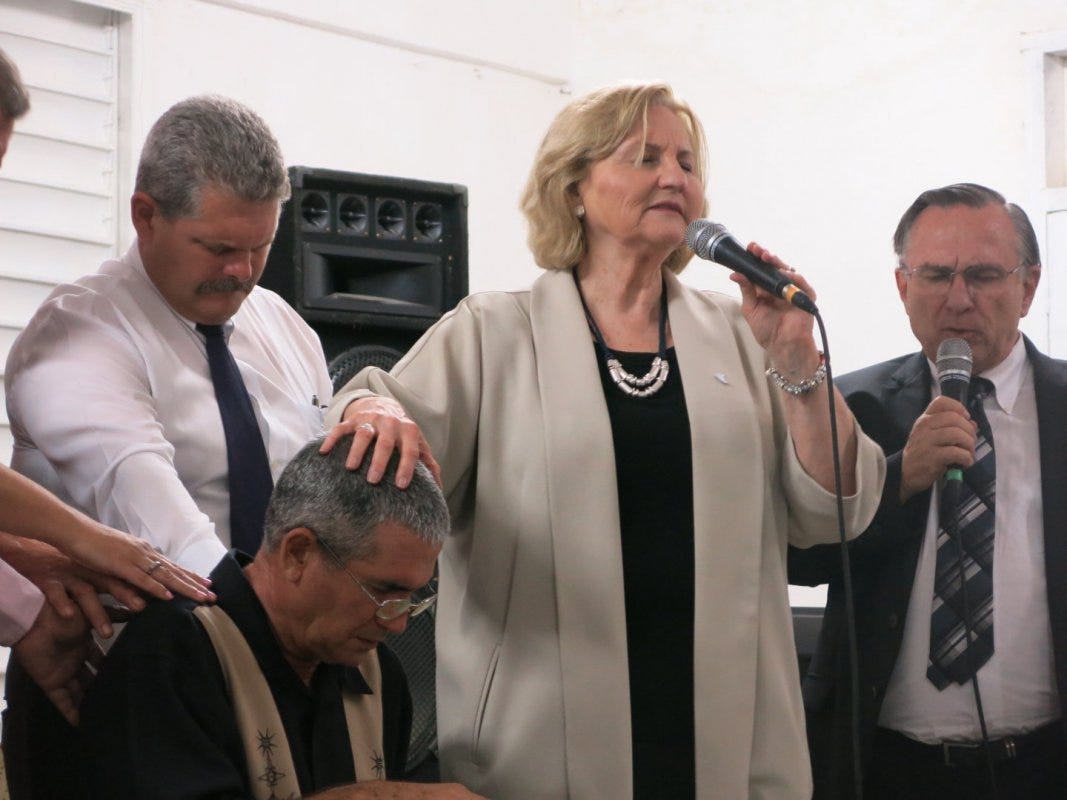


I resonated with this so deeply—in a purely aspirational sense. Of the three, I am solidly in this domain, but have never been in a role where this was valued. Orgs would be my second.
I have always idolized those who have ideas as their number one or two and I think this article—particularly the people you picked as exemplars—are invaluable in helping me embrace my own domains.
It’s interesting to me that these three domains each have their own well-worn paths to legacy. Yet they all have terrain that is yet to be trod.
Pure gold! Thank you